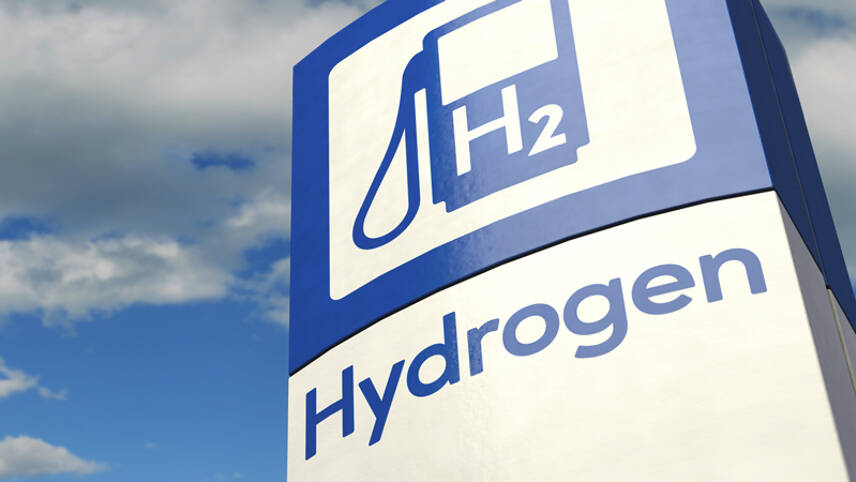Register for free and continue reading
Join our growing army of changemakers and get unlimited access to our premium content

The Department for Energy Security and Net-Zero (DESNZ) has confirmed 11 green hydrogen projects to benefit from funding through its Hydrogen Production Business Model today (14 December).
These projects cover 125MW of new renewable hydrogen production capacity collectively. Hydrogen produced will be used in hard-to-abate industrial processes; funding has been firmed up for Sofidel to switch to a hydrogen-gas blend for paper milling in Port Talbot, while the InchDairnie Distillery will switch to a pure hydrogen boiler.
The Distillery will be served by hydrogen produced in the Cromarty Firth by Storegga and ScottishPower. Storegga’s hydrogen managing director Sarah Potts said the decision will enable a final investment decision to be taken in 2024 and first production to begin in 2026.
Transport is another focus. DP Ports in Teesside is generating green hydrogen for use by its ground fleet of specialist vehicles.
In return for a share of £2bn of funding from Westminster, the 11 project operators have committed to invest more than £400m through to the end of 2026. DESNZ claims that the mix of public and private finance will create 700+ jobs.
DESNZ Secretary Claire Coutinho said: “Today’s announcement represents the largest number of commercial-scale green hydrogen production projects announced at once anywhere in Europe.
These 11 major new hydrogen projects across the UK will create over 700 jobs and deliver new opportunities from Plymouth in England to Cromarty in Scotland.”
A second round of Hydrogen Production Business Model funding is now open for applications.
Blending decisions
The UK Government is aiming to bring 10GW of ‘low-carbon’ hydrogen online by 2030. At least half should be green and the remainder will be ‘blue’ – produced using natural gas co-located with man-made carbon capture.
Blue hydrogen has come with its fair share of controversies, given the relative commercial infancy of carbon capture.
But by far the most hotly-contested hydrogen dilemma this year has been around the end-use of the gas.
Gas distribution networks are keen for blends, then potentially 100% hydrogen, to be used in homes. This would prevent them from winding down their infrastructure. MPs and energy research bodies have argued that this would be inefficient in terms of costs and carbon, with hydrogen best saved for harder-to-abate activities than home heating.
The Government is aiming to make a final decision on the role of hydrogen in gas networks in 2026. It will do so following a series of trials, each bigger than the last. But this workstream faced a major hurdle this summer when the UK’s first hydrogen village trial was scrapped due to fierce local opposition.
DESNZ has today stated that another village trial, set for Redcar, will be shelved as hydrogen generation has not come online on time. Trials involved a switch to 100% hydrogen.
The Department has, nonetheless, taken a strategic decision to support hydrogen blending of up to 20% into gas distribution networks. This will only happen at scale subject to further analysis of smaller trials and additional safety tests.
In a statement, DESNZ said that hydrogen in gas networks will “have a limited and temporary role as the UK moves away from the use of natural gas”.
A final decision on blends and any 100% use is still set for early 2026.
Related news: UK falling behind in global hydrogen race, report warns
Related news: How can Europe super-charge the delivery of its green hydrogen vision?


It is, perhaps, worth noting that hydrogen gas is not a naturally occurring element, it is so light that terrestrial gravity was insufficiently powerful to retain it upon Earth.
It thus has to be generated, using energy already available. It is not a free lunch.
The only totally carbon free route its’ production is via nuclear energy or wind or solar.
But wind and solar are not freely available, under our control; if only!
Only fission, or, I sincerely hope, fusion are left. Of these, only fusion is potentially limitless in its fuel source.
Sobering, but true!!!!!!